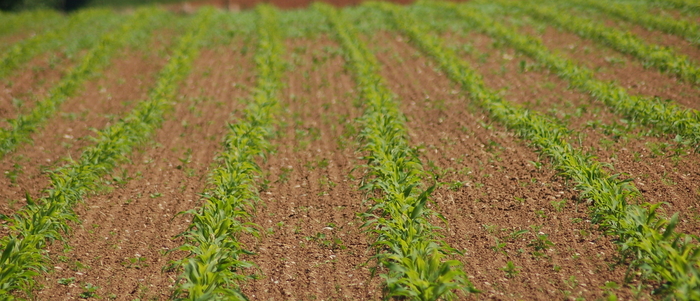There is still time to sow maize, despite the late cold spring and the wettest May for many years, but growers need to review their approach to minimise any potential yield reduction or decline in feed quality. A few changes to establishment could help ensure a more successful late sown crop.
Modern varieties typically require 150 growing days, and are normally sown on 1st May, giving a harvest on 1st October. Trials conducted by LG examined the effect of sowing maize at weekly intervals throughout May and then harvesting at weekly intervals from end of September until the end of October.
On average, there was a dry matter loss of 5% per week as a consequence of late drilling and a 1.8% per week decline in dry matter content. So it will be important to take steps to reduce any potential impact.
Step 1 If possible, swap to an earlier maturing variety, (maturity class 8 -10) preferrable around 40 FAO points lower than a usual variety for the farm
Step 2 If not possible to change to an earlier variety, then reduce seed rate by at least 5% to give each plant more space and access to more resources to mature
Step 3 Sow shallower (2-3cm depending on soil type) as soils will be warm enough with adequate moisture to allow plants to get away strongly
Step 4 Consider nitrogen applications – too much nitrogen will delay maturity
Fine tuning maize establishment will still allow late sown crops to deliver good yields of a high quality feed to help offset any shortfall in winter feed stocks. Make sure all the bases are covered, act on soil sample results, watch for trace element deficiency etc. Remember, your late sown crop may not be far behind early sown crops into cold wet seed beds.




